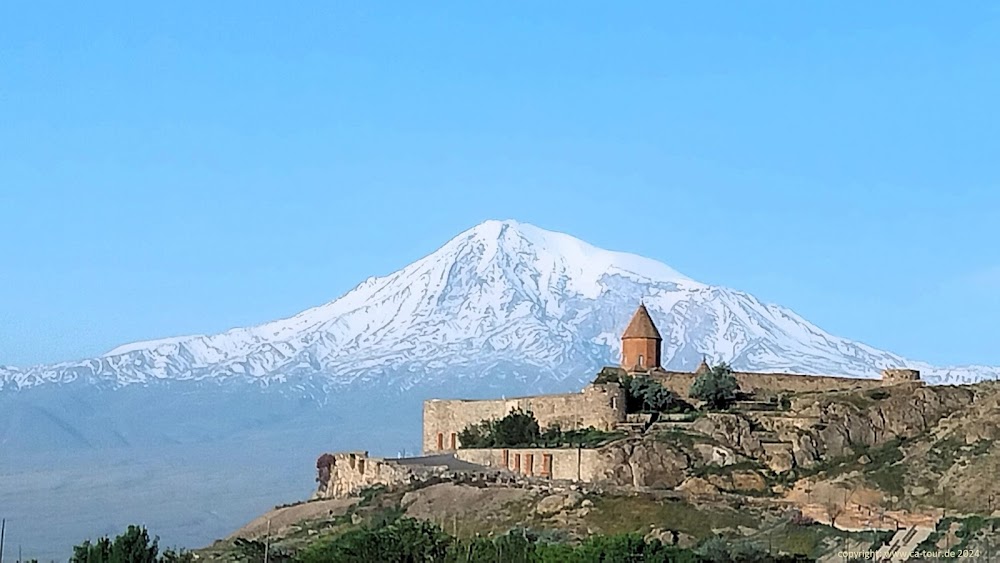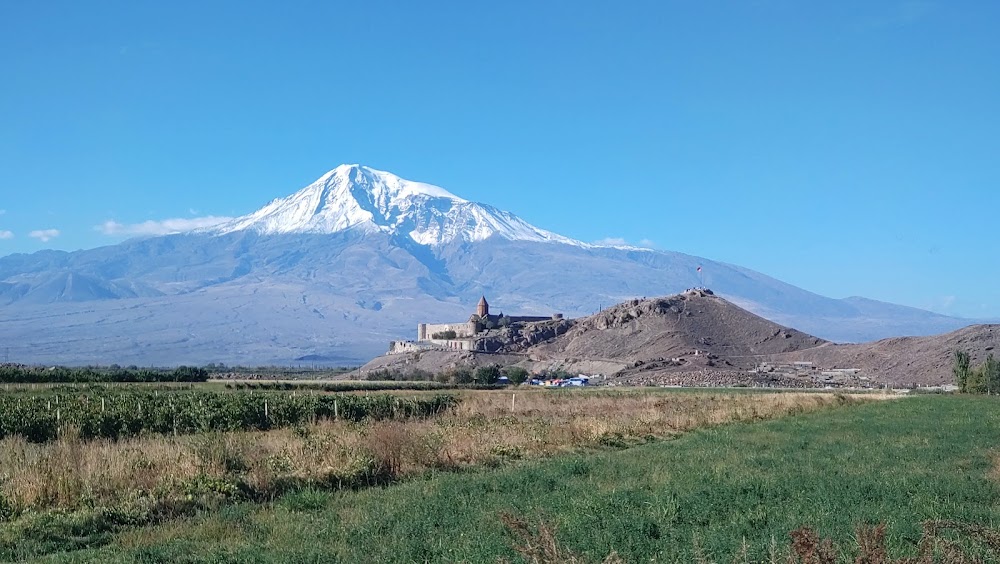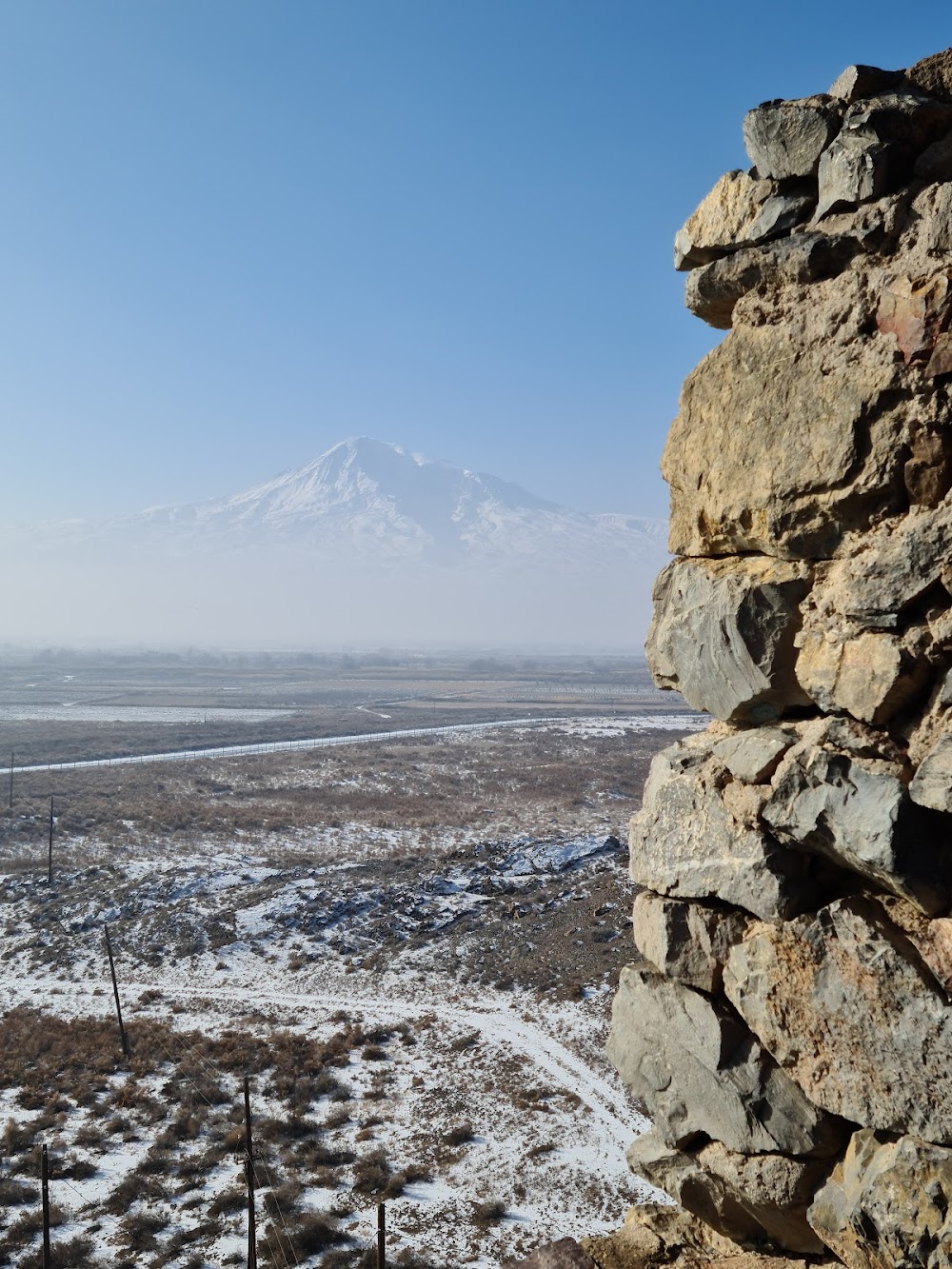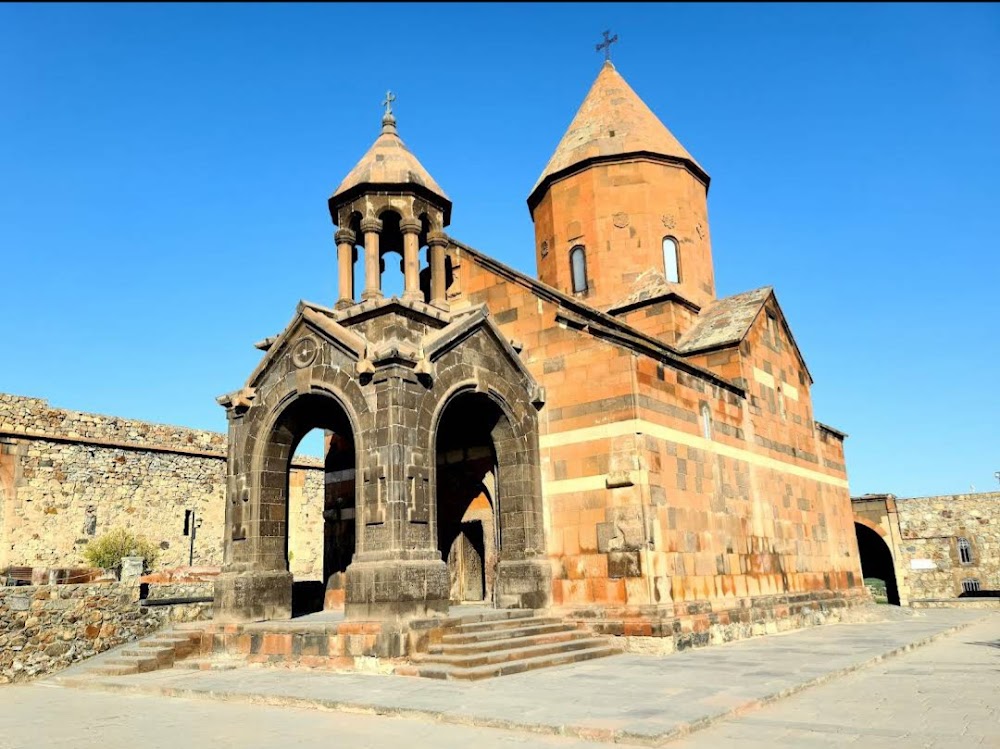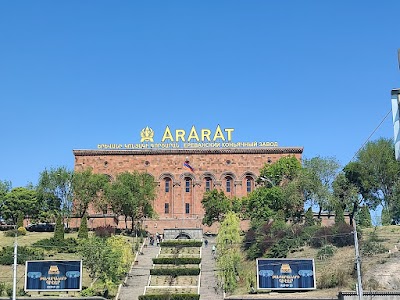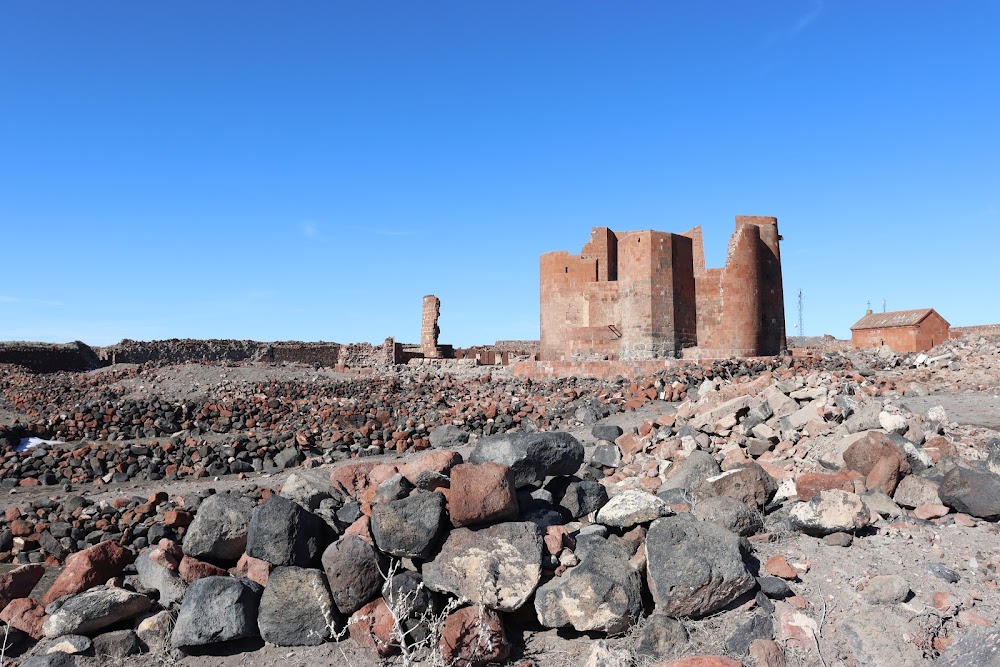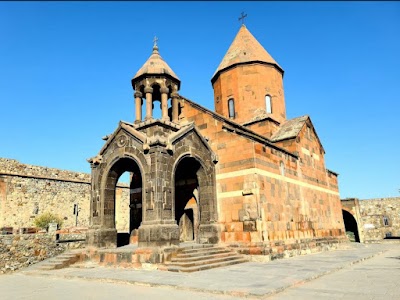Khor Virap (Խոր Վիրապ)
Overview
Khor Virap Monastery: A Glimpse into Armenia's Spiritual Heart
Khor Virap Monastery stands as one of Armenia's most revered and historically significant landmarks. Nestled in Ararat Province, this ancient sanctuary offers breathtaking views of the iconic Mount Ararat, a site steeped in biblical significance. The monastery not only serves as a spiritual haven but also as a portal to the rich tapestry of Armenian history.
A Historical Overview
The origins of Khor Virap trace back to ancient times, occupying the site of the once-mighty fortress of Artashat, established in 180 BC by King Artaxias I. This fortress served as Armenia's capital and played a pivotal role in shaping the country's history for centuries. The name "Khor Virap," which translates to "deep pit," reflects the grim legacy of the fortress, which housed a dungeon for prisoners, including the renowned Saint Gregory the Illuminator.
According to legend, Gregory was imprisoned for an astonishing 13 years by King Tiridates III due to his Christian beliefs. Despite the dire circumstances, Gregory's survival was aided by a compassionate Christian woman who secretly provided him with sustenance. A dramatic turning point unfolded when King Tiridates III fell gravely ill, prompting his sister to have a vision that Gregory could heal him. Upon his release from the dungeon, Gregory miraculously cured the king through his prayers, leading to Tiridates' conversion to Christianity in 301 AD. This monumental event established Armenia as the world’s first Christian nation, with Christianity proclaimed as the state religion.
The Transformation of Khor Virap
With the rise of Christianity, the once-dreaded dungeon transformed into a sacred space. A chapel was initially constructed over the dungeon in the 5th century, and over the years, additional structures were added. The present monastery complex began to take shape in the 7th century, with Catholicos Nerses the Builder erecting a chapel dedicated to Saint Gregory, which still stands today, symbolizing the enduring faith of the Armenian people.
The larger church, known as Saint Astvatsatsin (Holy Mother of God), was constructed between the 17th and 18th centuries. This sacred site has since become a significant pilgrimage destination, drawing devotees from across Armenia and beyond, all eager to honor the saints and absorb the profound history interwoven within the monastery's walls.
Architectural Marvel
Architecturally, Khor Virap is a stunning example of traditional Armenian ecclesiastical design. Built from locally sourced stones, the monastery features a simple yet elegant structure characterized by a quintessential conical dome and intricate stone carvings typical of Armenian churches. Inside, the serene atmosphere, softly illuminated by flickering candles, invites visitors to pause for reflection and spiritual contemplation.
Over the years, Khor Virap has undergone numerous restorations to maintain its historical integrity. The complex encompasses not only chapels and the church but also ancient ruins and an underground cell believed to be where Saint Gregory was confined. Visitors can descend into this eerie, claustrophobic dungeon, serving as a poignant reminder of the suffering endured in the name of faith.
A Beacon of Hope
Today, Khor Virap Monastery stands as a vibrant testament to Armenia’s rich heritage and resilient spirit. Surrounded by lush vineyards and framed by the majestic backdrop of Mount Ararat, it continues to be a beacon of hope and faith for the Armenian people. The location serves as a site for religious ceremonies and events, as well as an essential destination for tourists fascinated by Armenia's deep historical roots and cultural legacy.
In conclusion, Khor Virap Monastery is more than just an architectural marvel; it is a sacred symbol encapsulating pivotal moments in Armenia’s transition to Christianity. Its powerful narrative of faith, endurance, and national identity makes it a must-visit destination for anyone eager to delve into the spiritual heart of Armenia.


